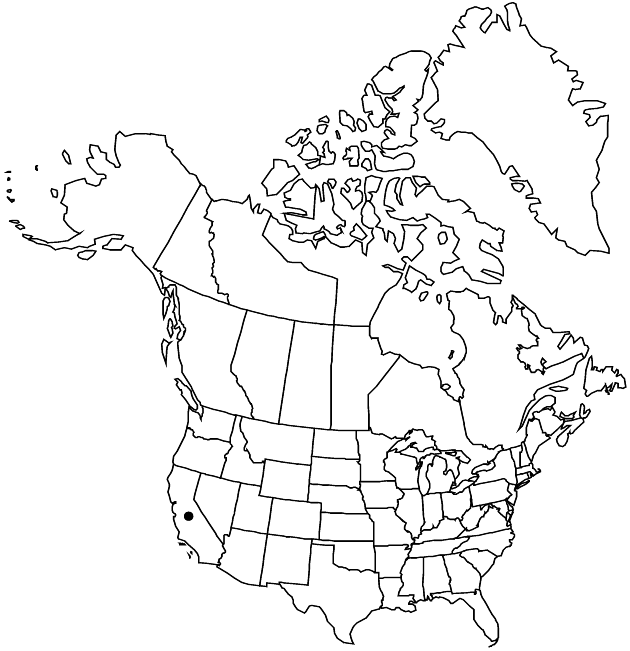Hulsea brevifolia
Proc. Amer. Acad. Arts 7: 359. 1867.
Common names: Shortleaf alpinegold
Revision as of 20:41, 16 December 2019 by FNA>Volume Importer
Perennials, 30–60 cm. Stems 1–7, sparsely lanate. Leaves mostly cauline; blades green, lanceolate to narrowly oblanceolate, 5–11 cm, margins sinuate to toothed (teeth triangular, obtuse), faces sparsely to moderately glandular-villous; distal cauline leaves ± oblanceolate, gradually reduced. Heads 3–4. Involucres obconic to hemispheric, 10–16 mm diam. Phyllaries 8–10 mm, outer lanceolate, apices acuminate. Ray florets 10–23; corolla tubes hairy, laminae yellow, 10–14 mm. Disc corollas yellow. Cypselae 6–8 mm; pappus scales unequal, shorter 1–2 mm, longer 2–3 mm. 2n = 38.
Phenology: Flowering late spring–summer.
Habitat: Common after fires, open sites in coniferous forests, mostly coarse-grained volcanic or granitic soils
Elevation: 1500–2700 m
Discussion
Hulsea brevifolia grows in the Sierra Nevada.
Selected References
None.
Lower Taxa
None.
